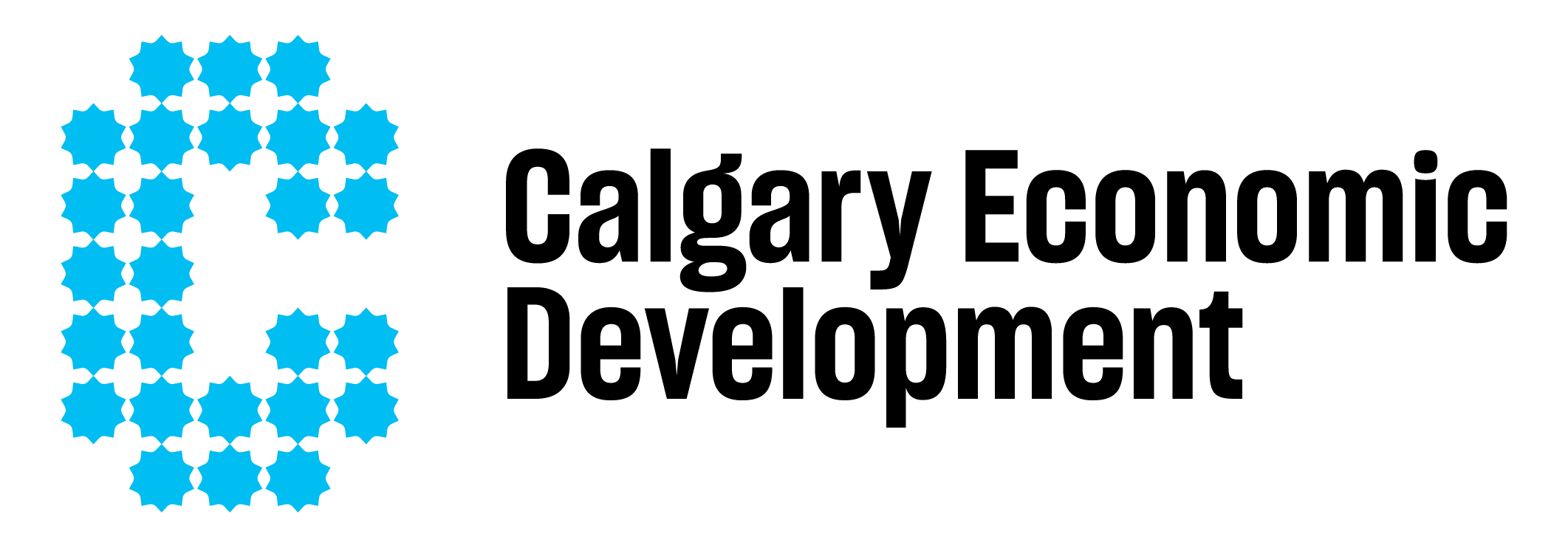With 2025 Economic Outlook on the horizon, Calgary’s business leaders are gearing up for a critical event that will shape their strategic planning for the coming year. Mark Parsons, Vice President and Chief Economist at ATB Financial, will deliver a keynote address providing insights into Alberta’s economic future, offering his analysis of the trends and challenges that will define 2025.
Alongside our other keynote speaker, former U.S. Ambassador to Canada Bruce Heyman, Parsons's expertise will equip Calgary’s business community with the knowledge needed to navigate evolving trends and capitalize on new opportunities. We checked in with him to see what topics he's planning to explore on Oct. 8.
Q: Why should Calgary's business community attend 2025 Economic Outlook?
A: Calgary's business community should attend 2025 Economic Outlook to gain insights, make informed decisions, network and understand the unique opportunities and challenges facing Alberta's economy. This knowledge is essential for navigating the changing economic landscape and seizing growth opportunities.
Q: What are the key themes, economic indicators or trends you will address in your keynote, and why are they important to local businesses?
A: As an economist speaking at 2025 Economic Outlook in Calgary, I will focus on four key themes. By posing and answering questions on these topics, I'll explore the economic forces at play and equip Calgary's business community with the knowledge they need to make informed decisions and navigate the challenges and opportunities that lie ahead in 2025.
- The evolving energy landscape: Energy is still the main driver of the Alberta economy, but the landscape has shifted. A production boom is occurring despite much lower levels of investment. Producers will benefit from new market access from west coast LNG and new pipeline capacity. With the energy transition, emerging growth areas include Carbon Capture and Storage, hydrogen, net-zero petrochemicals, renewables and biofuels. How can Alberta be a leader in addressing global energy security and emissions reduction?
- Diversification and productivity: New growth opportunities emerge outside the energy sector, including technology, tourism and aviation. Are we at a critical juncture for diversification? How can Alberta diversify and maintain its productivity advantage?
- Global economic outlook and risks: Risks are shifting. The battle against inflation is still not won, but there has been progress and interest rates are moving lower. At the same time, the global landscape remains highly uncertain. China’s economy is unstable, wars continue in Ukraine and the Middle East, and the U.S. election has heightened trade uncertainty. How is Alberta positioned to weather the storm?
- Alberta’s population boom: Alberta is leading the provinces in population growth, with few signs of slowing. How long will this continue? What does this mean for the economy, labour markets and housing?
Q: With Americans heading to the polls in 2025, analysts are predicting how results could impact Albertan and Canadian businesses. What will you be watching for in November?
A: Protectionist policies are not a new phenomenon, but they are becoming a heightened risk as the election approaches, with the potential for broad-based tariffs. The Trump administration previously imposed tariffs on various trading partners, including Canada, while President Biden has maintained tariffs on China and introduced new protectionist measures to support domestic industries, such as clean tech and semiconductors. Tensions with China have escalated further, with the U.S. and Canada now imposing additional tariffs on Chinese electric vehicles, steel, and aluminum.
A timely review and renewal of the Canada-United States-Mexico Agreement (CUSMA) (CUSMA) in 2026 is crucial. In Alberta, where exports are heavily focused on resources — especially energy — we are closely monitoring any potential trade actions that could impact these sectors.
Q: In light of recent population growth and other demographic changes, how do you foresee these shifts impacting our economy in 2025 and over the next few years?
A: Alberta's rapid population growth presents both opportunities and challenges. On the one hand, the influx of people fuels demand for housing, goods, and services, adding to economic growth. However, it also strains existing infrastructure and housing affordability, necessitating investments to meet these growing needs. On housing, the good news is that we’ve seen a sharp increase in home construction in response to rapid growth. Additionally, it's important to ensure that the skills of the incoming population align with the evolving demands of Alberta's ever-changing labour market.
Q: What gives you optimism for Calgary and Alberta right now?
A: Alberta has a number of advantages that position it well for the future, including abundant and responsibly produced resources (energy, food, and forest products), a young and educated workforce, a high quality of life, world-class post-secondary and research institutions, lower cost of living than many other Canadian markets, and a broadening economic base.
Tickets are now available for Calgary Economic Development’s 2025 Economic Outlook, powered by ATB. Get your tickets today.
Learn more about Calgary's vision to create long-term prosperity and opportunities for all in our economic action plan, Uplook.

